Tired of rubbing sticks together and hoping for a spark? Look no further! In this blazing article, we'll uncover the secrets of fire starters that will ignite your inner pyromaniac. From foolproof gadgets to life-saving survival hacks, we've got you covered. So, grab your marshmallows and keep reading to ignite your fire-starting game! Short answer: Fire starters are the match made in heaven for your fiery adventures.
On a more serious note, starting a fire can be a daunting task, especially if you're not experienced in outdoor activities. But with the right tools and techniques, anyone can become a fire-starting pro. In this guide, we'll explore the different types of fire starters available and provide tips on how to use them effectively. Whether you're camping, hiking, or just need to start a fire in your backyard, we've got you covered.
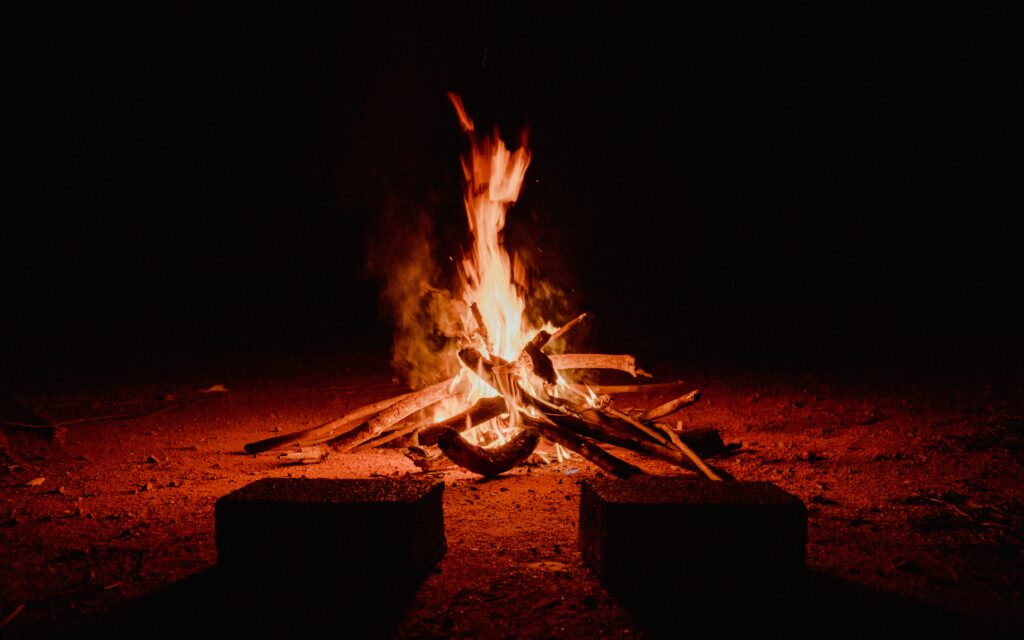
The Importance of Fire Safety: Precautions and Best Practices for Fire Starters
Fire starters. Ah, the magical tools that ignite the flames of adventure and warmth. But as much as we enjoy the mesmerizing dance of fire, it's crucial to remember that fire can be a double-edged sword. Without proper precautions and best practices, our fiery escapades could quickly turn into disasters. So, let's delve into the world of fire safety and explore the measures we must take to keep ourselves and our surroundings safe.
Understanding the Power of Fire
Fire is a force that demands respect. It has the power to create, but also to destroy. That's why it's essential to grasp its potential and approach it with caution. From the smallest spark to a roaring blaze, fire possesses an unpredictable nature. By understanding its power, we can better prepare ourselves to handle it responsibly.
Planning Ahead: Choose Your Fire Starting Location Wisely
Before embarking on a fire-starting journey, it's crucial to carefully select the location. Consider the surroundings and potential risks. Avoid starting fires near flammable materials, overhanging branches, or dry vegetation. Instead, opt for designated fire pits or rings, which provide a controlled and contained environment for your flames to dance.
Equipping Yourself: The Right Fire Starters Make a Difference
When it comes to fire starters, choosing the right tools can make all the difference. They are the key to unlocking the magic of fire while ensuring safety. There are various options to consider, from matchsticks and lighters to ferrocerium rods and fire pistons. Each has its advantages and disadvantages, but all serve the purpose of igniting that spark.
Embracing the Classics: Matches and Lighters
Ah, the trusty companions of fire enthusiasts: matches and lighters. These tried-and-true fire starters have stood the test of time. Matches are versatile and come in different types, including strike-anywhere and safety matches. Lighters, on the other hand, provide a convenient and portable option. Whether you're striking a match or igniting a flame with a lighter, remember to exercise caution and keep them away from moisture for optimal functionality.

Unleashing the Spark: Ferrocerium Rods and Fire Pistons
For those who seek adventure and enjoy the outdoors, ferrocerium rods and fire pistons are the go-to choices. Ferrocerium rods, also known as ferro rods or firesteels, are durable and reliable fire starters. By striking the rod with a suitable striker, sparks are created, igniting the kindling and setting your fire ablaze. Fire pistons, on the other hand, utilize compression to generate heat. With a swift push, the plunger compresses air, creating the conditions necessary to ignite the tinder and fuel your fire.
Exploring Alternatives: Magnesium Fire Starters and Flint and Steel
In the world of fire starting, alternatives abound. Magnesium fire starters offer an additional option for outdoor enthusiasts. By shaving off magnesium shavings onto your kindling and using sparks from a striker, you can kickstart your fire with ease. Another classic option is flint and steel, where a sharp strike against the flint creates sparks that ignite the tinder. These alternatives add variety to your fire-starting toolkit and can come in handy in different situations.
The Art of Fire Starting: Techniques for Success
Starting a fire is not just about having the right tools; it's also about mastering the techniques. There are two primary approaches: direct flame and ember ignition. Direct flame involves applying a flame source directly to the kindling, such as using a match or lighter. Ember ignition, on the other hand, involves creating an ember from a spark and then nurturing it into a sustainable fire.
Each technique has its merits and is suited for different scenarios.
Read More: Surviving the Wild: 3 Important Tips
Practice Makes Perfect: Honing Your Fire Starting Skills
Becoming a proficient fire starter requires practice and patience. Techniques like the bow drill and hand drill methods offer a chance to connect with ancestral fire-starting traditions. By utilizing a combination of friction, pressure, and precise movements, you can create fire without relying on modern tools. These methods not only hone your skills but also deepen your appreciation for the ancient art of fire starting.
Choosing the Right Fire Starter for Your Needs
With so many options available, how do you choose the right fire starter for your specific needs? Fear not, for I am here to guide you through the labyrinth of choices and help you find the perfect match.
Understanding Your Fire Starting Goals
Before diving into the vast sea of fire starters, it's important to define your fire starting goals. Are you an avid camper seeking a reliable tool for outdoor cooking? Or perhaps you're a survivalist, preparing for the worst-case scenario. Maybe you're simply a backyard enthusiast who loves gathering around a crackling fire with friends and family. By understanding your specific needs and use cases, you can narrow down your options and make an informed decision.
Matches: The Classic Choice
Ah, matches, the timeless fire starter that has accompanied us on countless adventures. Matches are convenient, compact, and readily available. With a simple strike against a rough surface, you can unleash a flame that dances to life. However, matches have their limitations. They can be affected by moisture and wind, making them less reliable in adverse conditions. Nevertheless, for casual fire starting needs, matches remain a classic choice.
Lighters: Convenience at Your Fingertips
When it comes to convenience, lighters take the lead. These portable devices generate an instant flame with the push of a button or the flick of a switch. They come in various sizes, from disposable lighters that fit in your pocket to refillable ones that can last for years. Lighters are reliable in most weather conditions and offer precise flame control. However, keep in mind that they require a fuel source and can run out at the most inconvenient moments.
Ferrocerium Rods: Versatility and Durability
For outdoor enthusiasts and survivalists, ferrocerium rods are a popular choice. Also known as ferro rods or firesteels, these tools are designed to withstand the harshest conditions. By striking the rod with a suitable striker, you create a shower of sparks that can ignite your kindling. Ferrocerium rods are known for their durability, long lifespan, and ability to perform in various weather conditions. They are a versatile option, making them ideal for those seeking reliability in their fire-starting endeavors.
Magnesium Fire Starters: Sparks of Brilliance
If you're venturing into extreme conditions or need a fail-safe fire starter, magnesium fire starters might be your best bet. These devices combine a ferrocerium rod with a block of magnesium. By scraping the magnesium shavings onto your kindling and striking the ferro rod, you generate intense sparks that can ignite even damp materials. Magnesium fire starters offer an extra layer of assurance in challenging situations, ensuring you can start a fire when it matters most.
Flint and Steel: A Nod to the Past
For those who appreciate the art of fire starting and seek a nostalgic experience, flint and steel provide a connection to our ancestral past. This traditional method involves striking a sharp piece of flint against high-carbon steel to create sparks. With proper technique and practice, these sparks can ignite your tinder, paving the way for a satisfying fire. While flint and steel require skill and patience, they offer a rewarding and authentic fire-starting experience.
Consider Your Environment: Nature's Fire Starters
In some cases, Mother Nature herself provides us with fire-starting tools. Dry leaves, twigs, and pine cones can serve as natural fire starters, especially when combined with other ignition sources. These materials are abundant in many outdoor environments, offering a sustainable and eco-friendly option. By harnessing the power of nature's kindling, you can embark on fire-starting adventures without relying solely on manufactured tools.
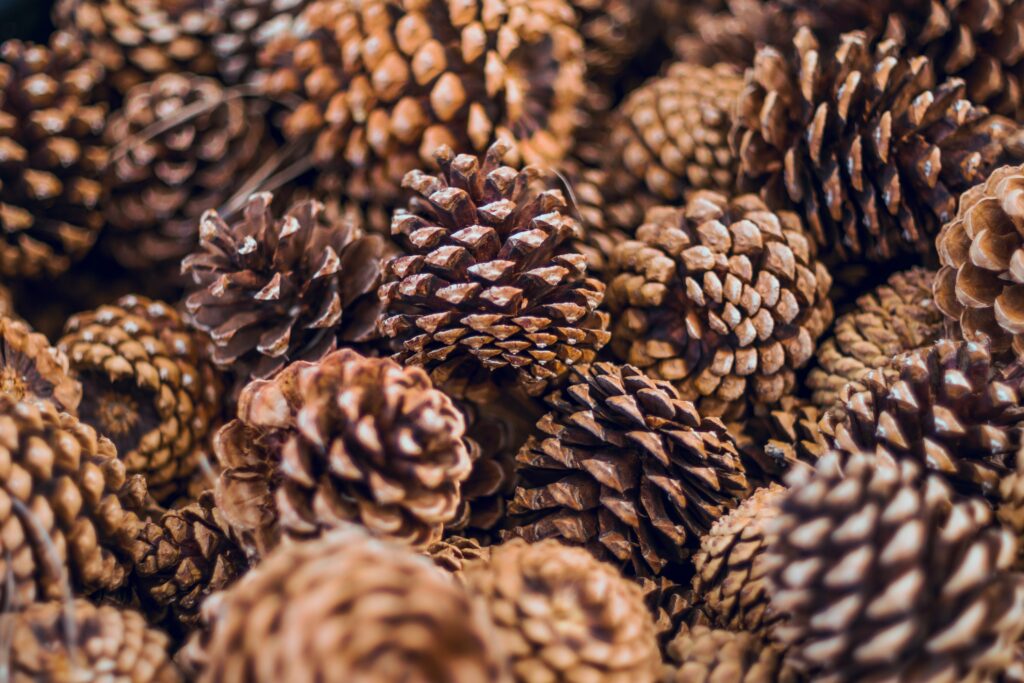
Embrace the Right Match: Finding Your Fire Starter Soul Mate
When it comes to choosing the right fire starter, it's all about finding your soul mate—the one that aligns with your needs, preferences, and fire-starting goals. Consider the environment you'll be in, the weather conditions you might encounter, and the level of convenience or authenticity you desire. Each fire starter has its strengths and weaknesses, and it's up to you to find the perfect match. So, go forth, my fire-starting friend, and may your chosen fire starter ignite countless flames of joy and warmth in your future adventures.
Essential Fire Starting Techniques: Direct Flame vs. Ember Ignition
Whether we gather around a crackling campfire, warm our hands by a cozy hearth, or cook a delicious meal in the great outdoors, fire has become an integral part of our lives. But have you ever wondered about the essential techniques behind starting a fire? In this section, I will delve into the two primary fire starting techniques: direct flame ignition and ember ignition.
Direct Flame Ignition: Sparking the Fire
Ah, the direct flame ignition technique. It's the most common and straightforward way to start a fire. Picture this: you have your tinder, kindling, and fuel ready to go. With a trusty fire starter in hand, be it a match or a lighter, you apply a direct flame to the tinder. As if by magic, the flame dances to life, eagerly devouring the tender dry materials. Direct flame ignition is like striking a match and witnessing the spark that sets everything ablaze.
This technique is perfect for those moments when you need an instant fire, like when you're setting up a cozy backyard bonfire or igniting the burners on your camping stove. It offers quick results, minimal effort, and immediate warmth. However, direct flame ignition has its limitations. It may struggle in windy or damp conditions, and you'll need a steady supply of matches or a refillable lighter to sustain your fire-starting endeavors. So, while direct flame ignition is reliable and convenient, it's worth exploring an alternative approach.
Ember Ignition: Harnessing the Fiery Ember
Enter the enchanting world of ember ignition. This technique takes a more patient and methodical approach, allowing you to tap into the ancient wisdom of fire starting. Instead of relying on a direct flame, ember ignition relies on the power of a glowing ember to ignite your fire. It's a slower, yet incredibly rewarding method that connects us with our primitive ancestors.
To begin the ember ignition process, you'll need to generate a hot ember. This can be achieved through various means, but let's explore two popular options: magnesium fire starters and flint and steel.
Magnesium Fire Starters: Sparks of Brilliance
Magnesium fire starters are like little pockets of brilliance. These compact devices consist of a magnesium rod and a ferrocerium rod. By scraping the magnesium shavings onto your kindling and striking the ferro rod against the magnesium, you create a shower of sparks. These sparks, like tiny fireflies, land on the magnesium shavings, igniting them with a bright and intense flame.
Magnesium fire starters are a reliable choice, particularly in challenging conditions. They can withstand dampness, windy environments, and even rain, making them ideal for adventurous souls who brave the elements. With a magnesium fire starter in hand, you can be confident that you have the means to start a fire even when the odds are against you.
Flint and Steel: Unleashing Ancient Sparks
Now, let's travel back in time to a bygone era. Flint and steel, the iconic fire-starting duo, allow us to tap into the timeless wisdom of our ancestors. This method requires a piece of flint and a high-carbon steel striker. By striking the flint against the steel, you create a mesmerizing shower of sparks. These sparks, like tiny celestial bodies, land on a carefully prepared tinder bundle, igniting it with their fiery glow.
Flint and steel offer a captivating and authentic fire-starting experience. They require skill, practice, and patience, but the rewards are immeasurable. As the sparks fly and the tinder smolders, you can't help but feel a deep connection to the past. It's a journey into the heart of fire starting, where time seems to stand still, and the dance of flames tells stories of resilience and survival.
Advanced Fire Starting Techniques: Unleashing Your Inner Fire Maestro
So, you've mastered the essentials of fire starting. You've kindled flames with direct ignition and explored the enchanting world of ember ignition. Now, it's time to take your fire-starting skills to the next level with advanced techniques. Let's dive into the mesmerizing world of the bow drill and hand drill methods.
The Bow Drill Method: Rhythm of Fire
The bow drill method is an ancient technique that harnesses the power of friction to create fire. It involves a bow, a spindle, a fireboard, and a socket. By applying rhythmic pressure and rotation, you create friction between the spindle and the fireboard, generating heat. This heat, in turn, creates a glowing ember that can be carefully transferred to your tinder bundle, igniting it into a full-fledged fire.
Mastering the bow drill method requires practice, precision, and a keen sense of rhythm. As you pull the bow back and forth, listening to the melodic sound of wood against wood, you enter a state of flow. It's a captivating dance between perseverance and skill, where the reward is a newfound understanding of fire and an unbreakable bond with the primal forces of nature.
The Hand Drill Method: Hands-on Fire Mastery
For those seeking a more hands-on approach, the hand drill method is a testament to human ingenuity. With just a spindle and a fireboard, you rely solely on the friction generated by your own hands to create fire. It's a primal and deeply satisfying technique that connects you with the very essence of fire starting.
To perform the hand drill method, you place the spindle on the fireboard and apply downward pressure while rotating it rapidly between your palms. The friction between the spindle and the fireboard generates heat, eventually leading to the creation of an ember. This ember can be carefully nurtured and transferred to your tinder, giving birth to a roaring fire.
The hand drill method demands physical strength, perseverance, and a touch of finesse. As you feel the heat building and the wood fibers surrendering to the power of friction, you can't help but marvel at the human ability to harness the elements and create something extraordinary.
DIY Fire Starters: Unleashing Your Creative Firepower
While manufactured fire starters offer convenience and reliability, there's something special about crafting your own fire-starting tools. DIY fire starters not only ignite fires but also kindle a sense of pride and resourcefulness. Let's explore some homemade options for the outdoor enthusiasts and creative souls among us.
Wax-Coated Cotton Balls: Little Fireballs of Ingenuity
Wax-coated cotton balls are a popular choice among DIY fire starters. They are easy to make and highly effective in igniting fires. Simply take a cotton ball and dip it in melted wax, ensuring it is thoroughly coated. Once the wax hardens, you have a compact and portable fire starter. To use it, simply fluff the cotton ball and ignite it with a match or a lighter. The wax acts as a fuel, providing a sustained flame to ignite your kindling.
These little fireballs of ingenuity are lightweight, waterproof, and perfect for outdoor adventures. They can be stored in a waterproof container or even in a small Ziploc bag. With a handful of wax-coated cotton balls in your backpack, you have the power to start a fire even in challenging conditions.
Egg Carton Fire Starters: Repurposing for Fiery Delights
Another fantastic DIY fire starter is the egg carton fire starter. It's a creative way to repurpose materials that would otherwise end up in the trash. To make an egg carton fire starter, simply fill each compartment of an empty egg carton with a combination of sawdust, wood shavings, or dryer lint. Then, melt some candle wax and pour it over the contents of each compartment. Once the wax hardens, you can cut or tear apart the compartments, creating individual fire starters.
The egg carton fire starters are incredibly versatile. You can light the edges of a compartment to create a slow-burning flame or separate the compartments and use them as separate fire starters. Their combination of fuel and ignitable material makes them reliable and effective in starting fires.
Crafting your own fire starters allows you to unleash your creative firepower while ensuring you have the means to start a fire in any situation. So, gather your materials, let your imagination run wild, and ignite the flames of your own making.
Wet Weather Fire Starting: Defying the Elements
Rain-soaked forests, damp campsites, and soggy kindling can make fire starting in wet weather a daunting challenge. However, with the right techniques and tools, you can defy the elements and ignite a roaring fire even in the midst of a downpour.
Taming the Water: Preparing Your Fire Pit
When facing wet weather conditions, it's crucial to choose the right location for your fire pit. Look for higher ground or areas with natural protection, such as rock formations or dense tree canopies. Clear away any debris or vegetation that might impede airflow or retain moisture. Consider using a fire ring or constructing a small platform with rocks to elevate your fire off the wet ground.
Kindling Matters: Gathering Dry Fuel
Finding dry kindling in wet conditions can be a challenge, but it's not impossible. Look for fallen branches or deadwood that are elevated from the ground. Underneath fallen logs or tree stumps, you may discover dry wood protected from the rain. You can also scout for dry branches under tree canopies or use a knife to scrape away the damp outer layers of wood to expose the dry interior. Remember to collect more kindling than you think you'll need, as wet conditions tend to slow down the ignition process.
The Power of Fire Starters: Igniting Success
In wet weather, relying solely on traditional ignition methods like matches or lighters can be frustrating. That's where fire starters come to the rescue. Fire starters are highly effective in igniting fires in challenging conditions, thanks to their ability to withstand moisture and provide a reliable flame. There are various types of fire starters available, such as waterproof matches, stormproof lighters, and even specially designed tinder that ignites easily even when wet.
Investing in quality fire starters can make all the difference when it comes to wet weather fire starting. Ensure you keep them in a waterproof container or sealable bag to maintain their effectiveness. Additionally, consider carrying multiple fire starters to increase your chances of success.
The Art of Fire Shelter: Protecting Your Flame
Creating a fire shelter can significantly enhance your fire-starting success in wet weather. A fire shelter acts as a barrier against rain and wind, creating a controlled environment for your fire to thrive. You can build a shelter using a tarp, poncho, or even large leaves. Position the shelter in a way that allows for proper ventilation while keeping rain and moisture out. It's important to leave enough space for smoke to escape, as poor ventilation can smother your fire.
Remember to prioritize safety when building a fire shelter. Ensure the shelter is stable and securely anchored, especially in windy conditions. Keep flammable materials away from the fire and maintain a clear path for escape if needed.
Fire Starting in Emergency Situations: A Fight for Survival
In dire emergency situations, the ability to start a fire can be a matter of life and death. Whether you find yourself stranded in the wilderness or facing a survival scenario, having the knowledge and tools to ignite a fire can provide warmth, light, and a lifeline to civilization. Let's explore some essential tips and tools for fire starting in emergency situations.
Prioritize Preparedness: Carry a Fire Starting Kit
In emergency situations, having a well-equipped fire starting kit can make a world of difference. Your kit should contain essential tools such as waterproof matches, stormproof lighters, fire starters, and tinder. Consider including a small knife or multi-tool for gathering and preparing kindling. Keep your fire starting kit in a waterproof container or bag to ensure its effectiveness when you need it most.
Utilize Natural Resources: Finding Fuel in the Wild
In a survival situation, nature becomes your ally. Familiarize yourself with the surroundings and identify potential sources of fuel. Fallen branches, deadwood, and dry grasses can serve as valuable fuel for your fire. Look for dry areas protected from rain, such as rock formations or natural shelters. If necessary, use your knife or multi-tool to scrape away the damp outer layers of wood and expose the dry interior.
Mastering Fire Building: The Fire Triangle
Understanding the fire triangle—oxygen, heat, and fuel—is crucial for successful fire starting in emergency situations. Ensure you have an adequate supply of dry kindling and tinder to sustain your fire. Arrange your fuel in a way that allows for proper airflow, promoting combustion. Gradually increase the size of your fuel as your fire grows stronger. Remember, a small, well-managed fire is more efficient than a large, out-of-control one.

Signaling for Rescue: Using Fire as a Distress Signal
In emergency situations, fire can be a powerful tool for signaling your presence to potential rescuers. Once your fire is established, add green vegetation, pine needles, or other materials that produce thick smoke. The dense smoke will attract attention and help rescuers locate your position. Additionally, three quick bursts of smoke followed by a pause can signify a distress signal in many rescue protocols.
Fire Starting Gear: Essential Accessories for Outdoor Adventures
When it comes to fire starting, having the right gear can make the process more efficient and enjoyable. Whether you're an avid camper, hiker, or outdoor enthusiast, here are some must-have accessories to enhance your fire starting experience.
Fire Pistons: Harnessing the Power of Air Compression
A fire piston is a compact device that uses the principle of air compression to ignite tinder. When you rapidly compress air inside the fire piston, the resulting increase in temperature can ignite the tinder placed at the end. Fire pistons are reliable fire starters, especially in windy or wet conditions where traditional methods may fail. They are compact, lightweight, and provide an alternative ignition method that doesn't rely on sparks or flames.
Ferrocerium Rods: Sparks That Ignite the Adventure
Ferrocerium rods, commonly known as firesteel, are popular fire starters that produce a shower of sparks when struck with a hard surface. These sparks can ignite your tinder, making fire starting a breeze. Ferrocerium rods are durable, weather-resistant, and suitable for a wide range of outdoor conditions. They are lightweight and compact, making them ideal for backpacking or survival kits. With proper technique, a ferrocerium rod can generate thousands of sparks, ensuring you have multiple attempts at igniting a fire.
Char Cloth: The Ignition Dynamo
Char cloth is a material made by heating cotton or other natural fibers in a low-oxygen environment until it turns into carbonized cloth. It ignites easily and holds a flame, making it an excellent tinder material. Char cloth is lightweight, compact, and easy to make on your own. It's a versatile fire starting accessory that can increase your chances of successfully starting a fire, even with minimal resources.
Fireproof Containers: Keeping Your Fire Starters Safe
To protect your fire starters and keep them dry and accessible, consider investing in fireproof containers. These containers are designed to withstand high temperatures, keeping your matches, lighters, and fire starters safe from accidental ignition or moisture damage. Fireproof containers come in various sizes and designs, allowing you to choose one that suits your needs and fits seamlessly into your outdoor gear.
Troubleshooting Common Fire Starting Problems: A Troubleshooting Guide
Fire starting can be a delightful experience, but it's not always without its challenges. Here's a troubleshooting guide to help you overcome common fire starting problems and keep the flames burning bright.
Problem: Wet or Damp Firewood
Solution: Start with Dry Kindling and Tinder
When faced with wet or damp firewood, it's important to have a solid foundation of dry kindling and tinder. Gather extra dry kindling and create a bed of small, dry twigs or leaves to ignite your fire. Once your kindling is burning, gradually add slightly larger pieces of firewood, ensuring they are as dry as possible. The heat from the burning kindling will help dry out and ignite the larger pieces.
Problem: Lack of Oxygen
Solution: Promote Proper Airflow
Inadequate airflow can stifle a fire, making it difficult to start or sustain. Ensure you have enough space between your fuel to allow for proper ventilation. Avoid overcrowding the fire with large logs or stacking the wood too tightly. Consider using a fire grate or elevating your fuel to improve airflow from underneath. Additionally, creating a draft by blowing gently into the base of the fire can help supply the flames with much-needed oxygen.
Problem: Insufficient Ignition Source
Solution: Carry Reliable Fire Starters
If you find yourself struggling to ignite your fire using traditional methods like matches or lighters, it's time to rely on reliable fire starters. Waterproof matches, stormproof lighters, or specially designed fire starters are excellent alternatives that can withstand adverse conditions. Include these dependable ignition sources in your fire starting kit to increase your chances of success, even in challenging situations.
Problem: Windy Conditions
Solution: Build Windbreaks and Shield the Flame
In windy conditions, building windbreaks can provide a shield for your fire, preventing the wind from extinguishing the flames. Use rocks, logs, or even your backpack to create a barrier that redirects the wind away from the fire. Position yourself and your fire pit in a way that takes advantage of natural windbreaks, such as rock formations or dense vegetation. Shielding the flame with your body or using fireproof screens can also protect the fire from gusts of wind.
Problem: Inadequate Fuel Supply
Solution: Collect Sufficient Firewood
Running out of firewood can be a frustrating experience. To prevent this problem, collect an ample supply of firewood before starting your fire. Gather more than you think you'll need, as it's better to have excess fuel than to run out. Break larger logs into smaller, more manageable pieces, ensuring you have a variety of sizes to sustain your fire. Continually replenish your firewood as the flames consume the fuel, ensuring a steady supply of wood to keep the fire burning.
Problem: Damp or Insufficient Tinder
Solution: Prepare Dry Tinder in Advance
Tinder plays a crucial role in fire starting, providing the initial flame needed to ignite your kindling. If your tinder is damp or insufficient, it can impede the ignition process. To combat this, prepare dry tinder in advance and store it in a waterproof container or bag. Consider using commercially available fire starters or natural tinder materials such as dry leaves, birch bark, or char cloth. Having a reliable and plentiful supply of dry tinder will increase your chances of successfully starting a fire.
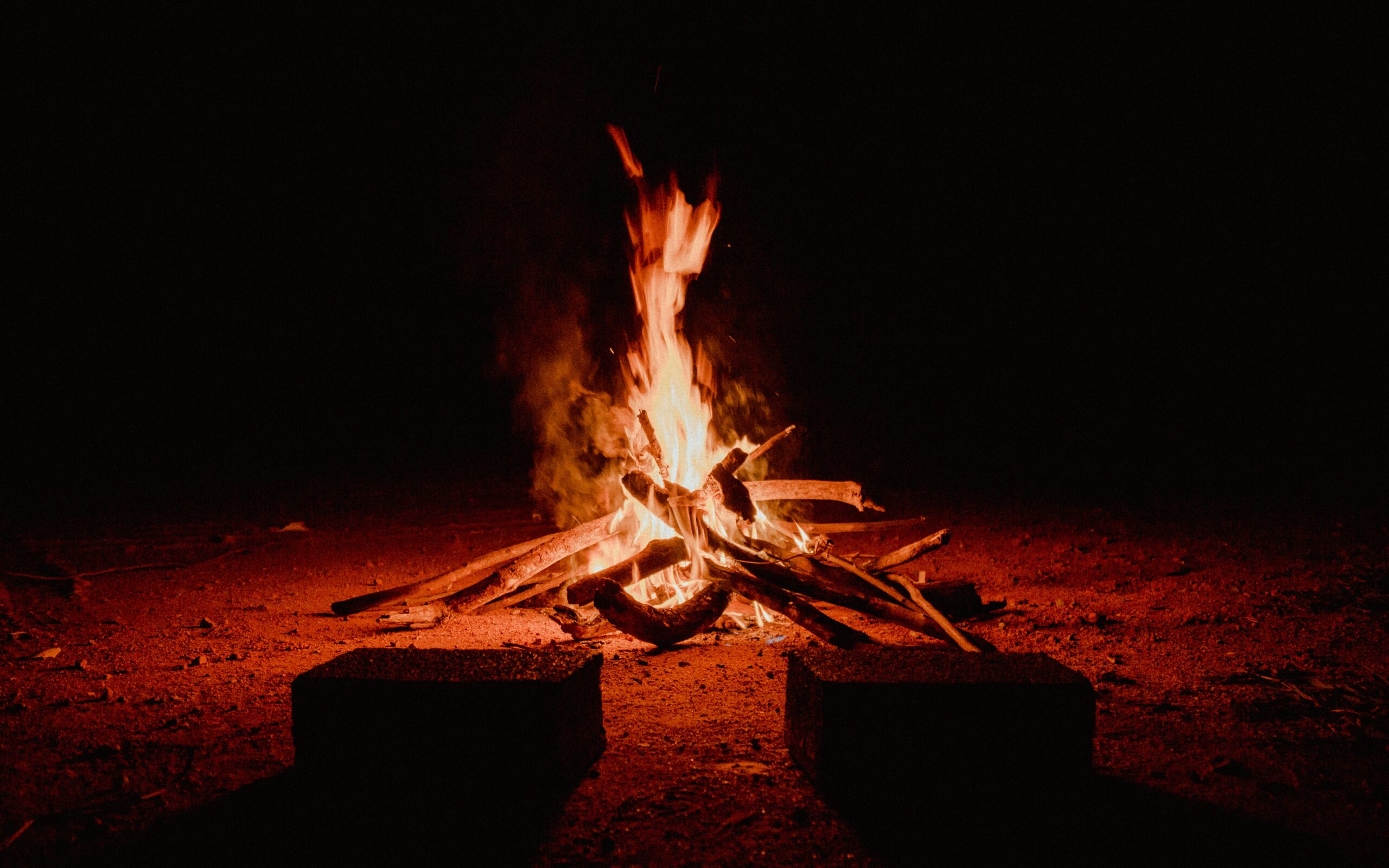
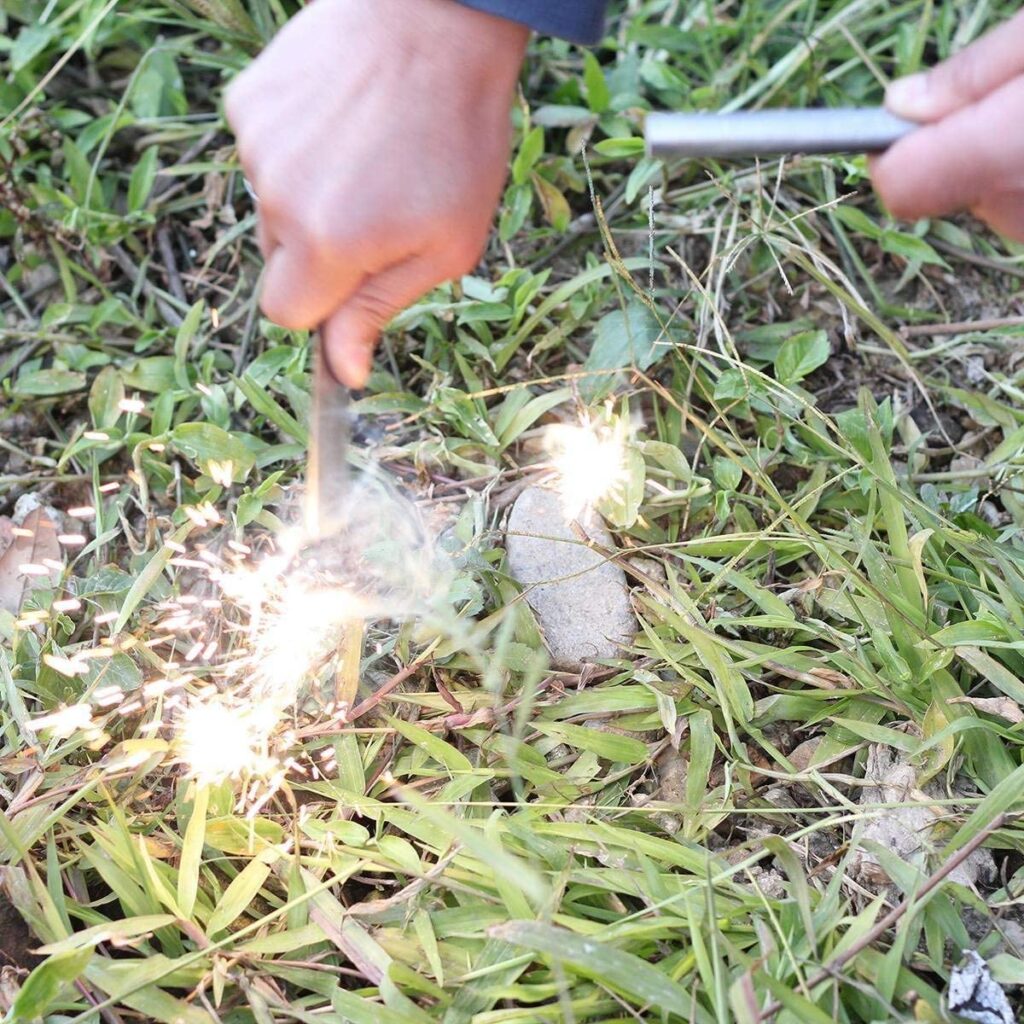
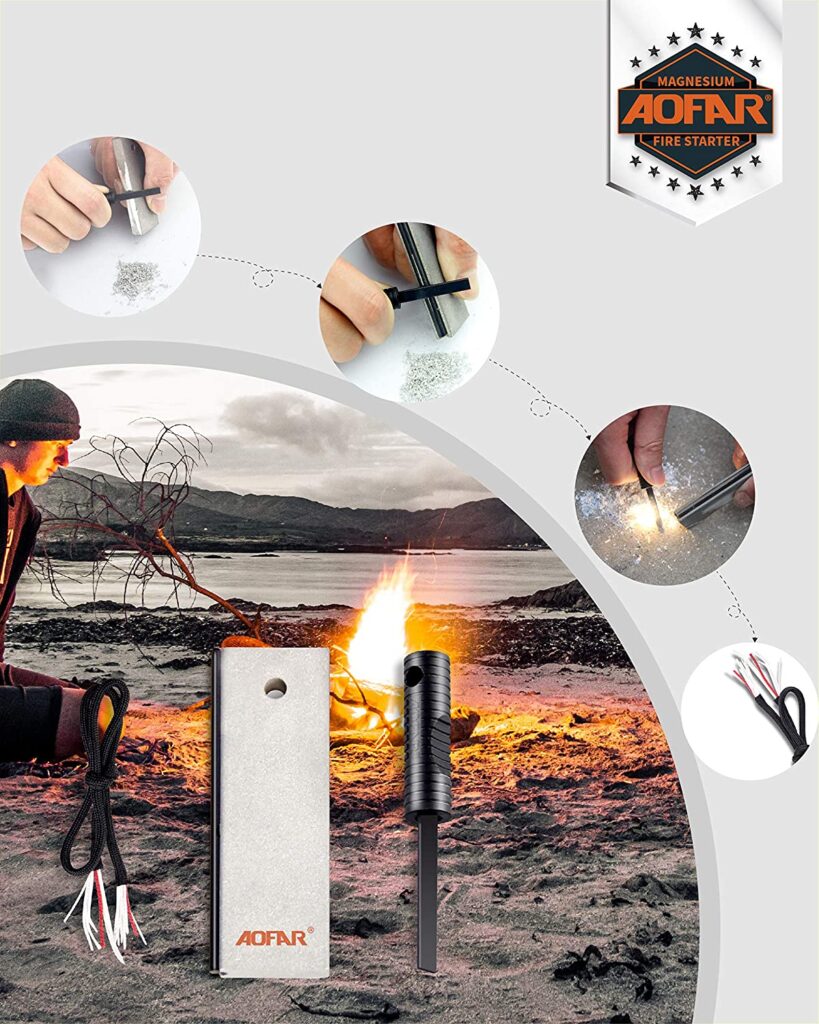




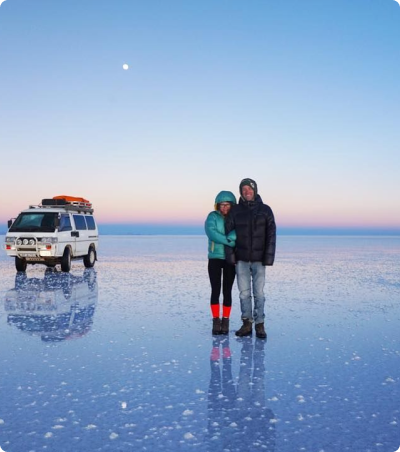
3 thoughts on “The Ultimate Guide to Fire Starters: Types and How to Use Them”